Including an educator’s “love letter to America”
Three-day rain totals precipitated unparalleled flooding and destruction from Hurricane Helene in the Yancey-Mitchell-Avery corridor. On the first night of rain, “flooding threatened our gym, auditorium, band room, and commons area of Mitchell High School,” Mitchell County Schools posted on their website.
“Custodians, SROs, maintenance, coaches, the board of education, school administrators, central office, the Ledger Fire Department, and Tanner Winchester from Vannoy Construction” all worked together to prevent damage to the school, says the post.
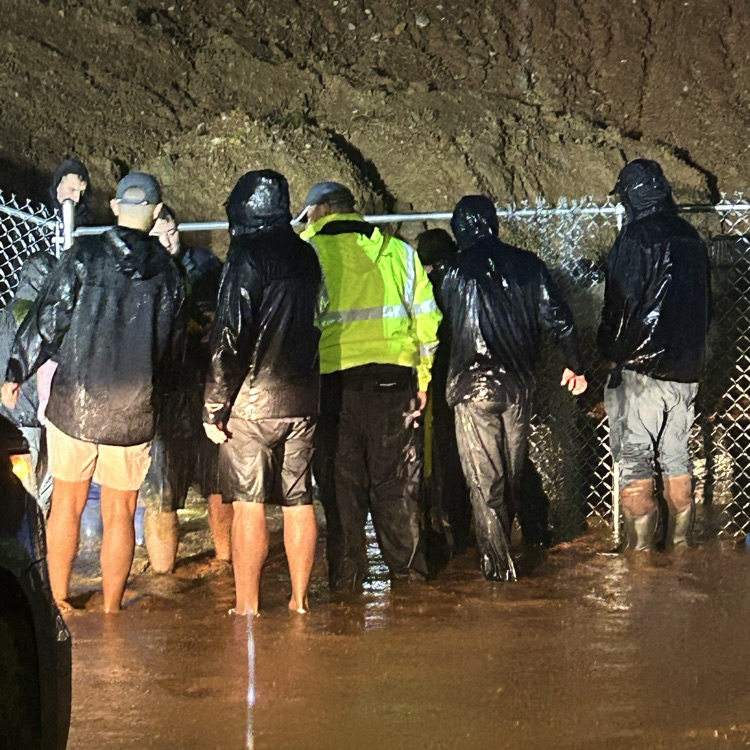
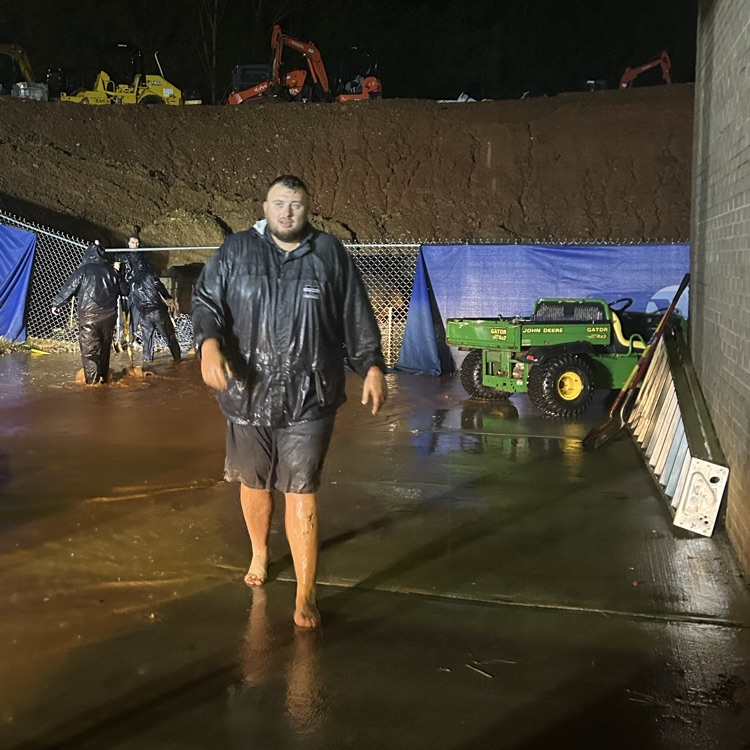
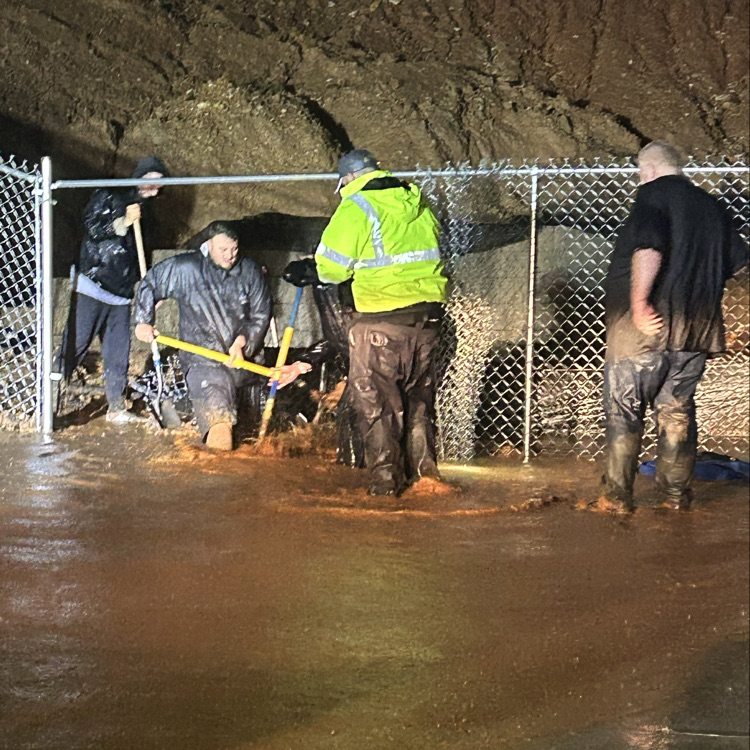
They had no idea what was to come.
Mitchell County Schools students have missed 30 days of school, but on Nov. 7, 2024, against unimaginable challenges, they will find themselves back in class with their friends and their teachers.
That’s been the district’s priority since state leaders first met with them after Hurricane Helene.
“We need our kids back in school,” said Assistant Superintendent Kevin Huskins early on. “Our kids being in buildings needs to happen ASAP.”
Superintendent Chad Calhoun, Associate Superintendent Jennifer Gregory, and Huskins developed a “survival, recovery, return plan” in the days after the storm that guided their decision-making day to day, aligned their leadership and that of school leaders, and became a blueprint for bringing students back.
It has been a masterclass in leadership and change management.
The commitment of the staff and the community
“The staff has worked seven days a week since the storm,” says Gregory. They set up points of distribution, relocated points of distribution, prepared weekly learning exploration kits for K-5, brought athletics back for older students, helped seniors on FAFSA and college applications, and organized events to continue to bring the community together.
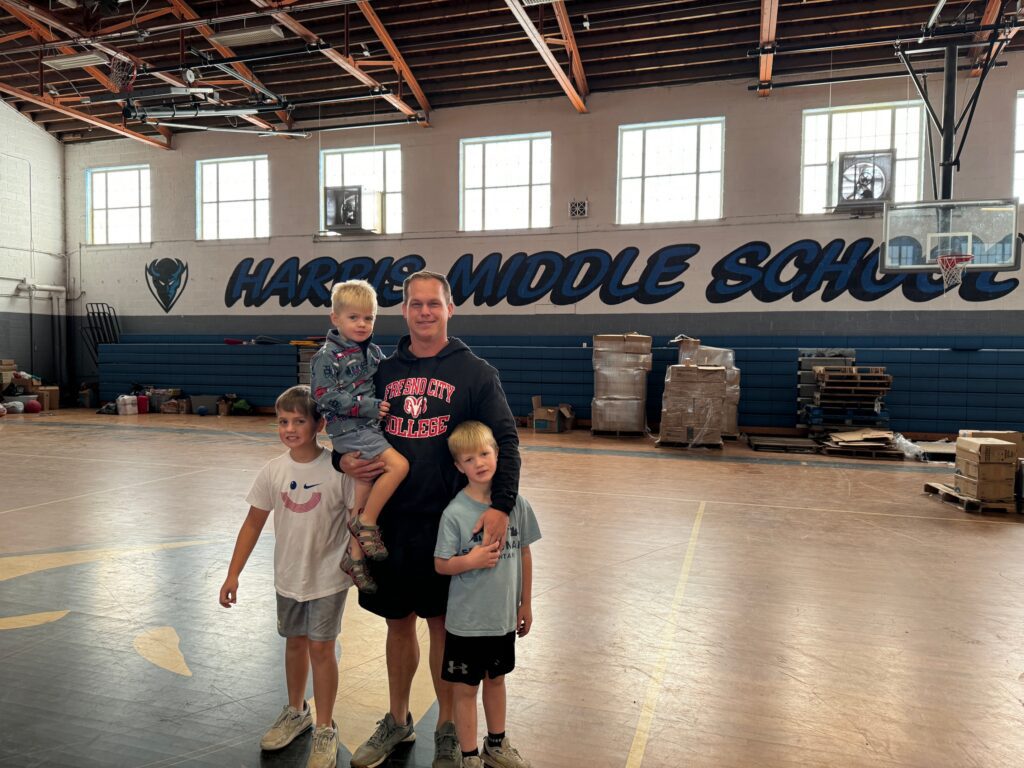



Meet Anthony, who lives with his Mimi. When Michelle Lord, an Exceptional Children’s teacher at Mitchell Elementary, showed up at KFC — Mimi’s workplace — to deliver a learning exploration kit for Anthony, Mimi said Lord was awesome.
“She has helped Anthony so much,” said Mimi, which she is called by educators in the district in addition to her grandchildren. “She has been at the school the whole time since the storm. She has worked her behind off. She is one of a kind.”
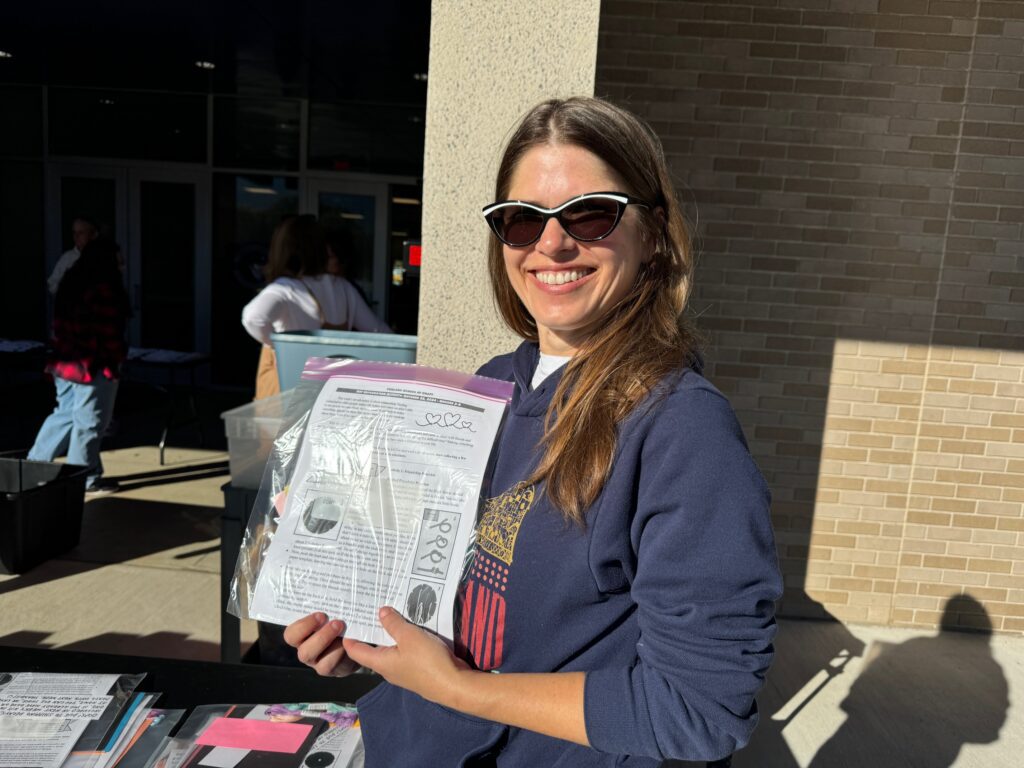
The Penland School of Craft worked with the district to provide arts enrichment for the students while they were out of school. The Penland blog says:
Mitchell County Elementary is distributing packets with academic activities for K-5 students, and our community collaborations team has been creating and distributing fun and creative art activity packets around the themes of observation, connection, and reflection — 600 each week! With schools acting as distribution centers, families are able to get the supplies they need when picking up academic and art packets.
The connections activity led students through making friendship bracelets and crafting pop up cards to share with friends, family, and helpers. The reflections activity encouraged students “to take water bottles, in plentiful supply after the storm, and turn them into mosaic lanterns using glue and colorful tissue paper, adding beauty to the darkening days of winter.”
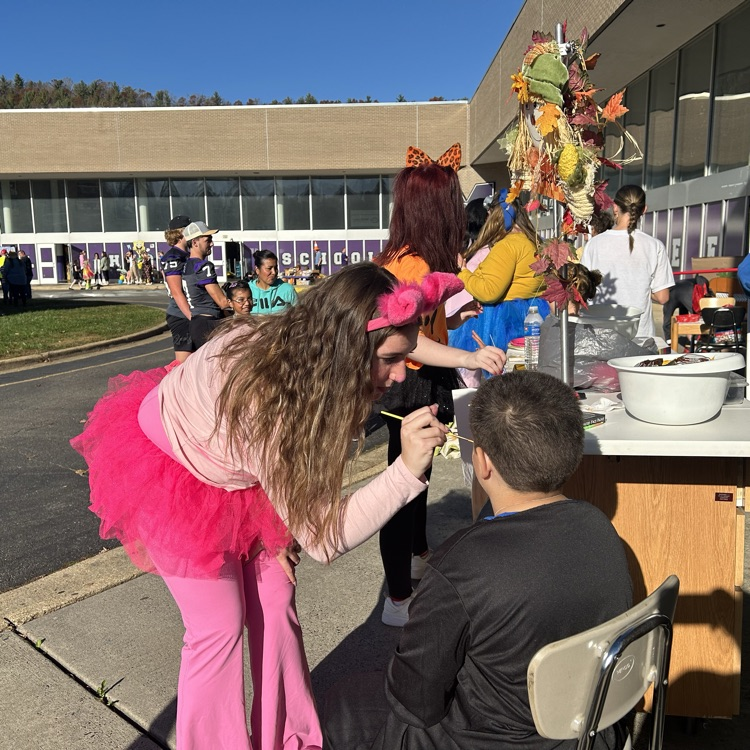
Behind their public-facing leadership, Calhoun, Gregory, and Huskins were tackling one challenge after another that stood in the way of bringing students back to school.
What made bringing students back possible?
One Starlink: Superintendent Calhoun had access to a Starlink during and after the storm. That was a difference maker for this district, allowing him to lead and connect to outside resources throughout the storm and in the aftermath.
Thankfully, in this district, no students or educators lost their life.
District leaders had developed a plan to guide them through COVID-19, and it had served them well. They utilized that same process to imagine and quickly develop a plan to guide them through the disaster.
Calhoun’s capacity to delegate and the district’s willingness to access outside support mattered.
Huskins attended the daily meeting of the county’s emergency management to make sure the district had a seat at the table.
The district worked with the North Carolina Department of Public Instruction’s (DPI) Stephanie Dischiavi and Jeremy Gibbs, who provided in-person expertise on how to navigate state and federal requests and relationships.
The Community Foundation of Western North Carolina donated $25,000 per school. The grant was submitted, approved, and the money hit the district’s bank account all in one week. Having access to cash before state and federal dollars flow has been critical.
The district was assisted in search and rescue by the Virginia Task Force 2 (VATF2). Weeks later they came back, donating money to support the people in the school district and community they had served.
Troyers and Friends — an Amish organization from another state –provided breakfast, lunch, and supper daily at Mitchell Elementary/Middle School. First-come, first-served, they would serve until the food ran out. One night, they served almost 850 plates just at dinner. It became a community-gathering point because the food was so good.
The Public School Forum of North Carolina provided support for compassion fatigue for the staff, including coaching by grade level on how to handle conversations with students as they come back to school and begin to collectively process the trauma of the storm.
It is hard to imagine how all of this would have unfolded if the “new school” — the elementary and middle school that opened in August and is located just across from central office — had not been finished a year ahead of schedule. District leadership says in hindsight that must have been part of “God’s plan.”
The instructional calendar had to be adjusted to balance out the two semesters, and first semester will now last until the end of January.
Two final challenges stood in the way of bringing kids back: transportation and sewage.
Given the condition of the roads in the county, an initial plan was developed for the fire stations to be used as drop off and pick up points. Calhoun drove the bus routes himself and was able to iterate the routes relative to the road conditions. Then the bus drivers practiced driving the routes, and based on that, the district decided to open on a one-hour delay to make sure there is enough light for safety. Once N.C. Department of Transportation signed off on the transportation plan, just one challenge remained.
In the end, the biggest challenge to bringing kids back to school proved to be the need for sewage. It will be interesting to see when that finally comes online with consistency for the towns and the county, but in the meantime — to comply with the state guidance that had been issued — the district needed bathroom trailers and handwashing stations, and it needed a lot of them.
Huskins searched far and wide across the country, but it turned out to be cost prohibitive for the district to pay for them even with philanthropic support — estimates were north of $200,000 a week.
After the county prioritized it as part of their emergency management request to the state, the equipment needed arrived quickly the week before students were to return. It then took just a few days to get everything set up and hooked up.
Shout out to Calhoun, Huskins, and Gibbs for working together to solve this impossible-to-anticipate challenge that stood in the way of bringing students back. Huskins wasn’t kidding when he said “ASAP.”
A love letter to America
As the district reflects on the impact of Hurricane Helene, they are gathering stories to capture “this difficult time in our community’s history,” the district said in a Facebook post. “Some stories are memories of resilience, a helping hand, or a challenge overcome, and all perspectives matter.”
Together, the stories will reflect “the journey, recovery, and strength that brought us all through.”
The district hopes to reach not only their community but also beyond, showing that they truly are #MitchellStrong, because part of their “survival, recovery, return plan” included telling their story.
Their first story is a love letter to America, by Amy Reece, a teacher at Mitchell High School.
On September 27th, Tropical Storm Helene hit western North Carolina, eastern Tennessee, and southwest Virginia with a wrath unlike anyone living here has ever seen. No one expected devastation like this.
Communities large and small were altered irrevocably. Serene, silvery streams became walls of rushing water that washed out roads, bridges, hillsides, railroad tracks, entire homes. Rising floods displaced families and destroyed many businesses. Winds twisted off and knocked down entire mountainsides of forest which blocked roads with hundreds of trees. Communities with only one or two access roads were completely isolated for several, sometimes at the cost of precious lives.
Our ancestors eked out a living here in Appalachia, a beautiful but rugged environment, so we are descended from strong, independent, and capable people. With this strength behind us, we set out to rescue and rebuild. And so we struck out, cutting trees and digging out, trying to carve a path out to the main highways.
Churches and local organizations distributed food pantries. School employees raided file cabinets and emergency backpacks in search of batteries, flashlights, first aid kits, and school snacks to support the shelters set up on the campuses. Businesses sent their entire stock of precooked food, cleaning supplies, and clothing to be distributed. Anyone with a chainsaw, excavation equipment, and ATV went out clearing roads and rushing aid to isolated communities. Volunteer fire departments and rescue squads went door to door doing welfare checks and offering help. Individuals cut trees from one another’s yards and houses, shared food, and provided emotional support and a huge uplifting of prayers for one another.
No one was looking to be paid, no one was thinking about personal cost. It needed to be done and we rose to the occasion. We made an excellent effort at supporting ourselves. We knew help was coming, but since the first days of larger relief efforts require planning, the initial life-saving efforts depend on local people.
I cannot tell you how proud I am of the progress we made, but although Appalachian folks are strong and resilient, accustomed to a tough and independent way of life, we soon found it was more than we could handle. The damage was too drastic and too widespread. Frustration and desperation were mounting.
On the third day, the help came pouring in: tractor trailers, work trucks, vans, private vehicles hauling flatbeds full of tools, equipment, and supplies. Hundreds of support and relief vehicles, fully loaded and filled with people ready to help in any way they could.
The Virginia Search and Rescue Task Force, American Red Cross, doctors and veterinarians, organizations and private businesses, a youth group from Pennsylvania, an early college from downstate, a family closing their two restaurants to come feed four counties three hot meals a day, a man from Texas who just dropped everything to come haul wood. Hundreds of people with no agenda other than easing the misery of others came pouring in with hearts full of love and hope.
Supplies of everything from the basics like rice and beans to toys and plushies for the little children who can’t comprehend how their lives have changed. Local people and volunteers from all across America have worked side by side to send trailers full, load after load, to the more isolated and hard-hit communities. Our country came together to prove a mighty force to make leaps and bounds of progress toward a return to the safe and healthy place we had before. Normalcy may take years to restore, but together we have made massive strides.
And so, this love letter to America is to say thank you. Thank you for opening your pockets and pouring out money that you could have spent other ways. Thank you for coming and bending your backs to difficult, sometimes dangerous work. Thank you for the outpouring of support, thoughts, prayers, and love for a region that could have been overlooked.
Thank you, America. We are one month into the rebuilding of this part of Appalachia and still have a long road to complete recovery, but your outpouring of generosity has been invaluable and we will never forget it.
Sincerely yours,
The Appalachian People
EdNC has contributed to “Mountaineer Stories” so the students can have the equipment they need to be part of this collective storytelling.
Hope and normalcy in the moving forward
“Our students and their families have faced losses that will cause financial hardships for the foreseeable future,” writes Shana Cook, the technology director for Mitchell County Schools.
With students coming back this week, the district is looking ahead, raising money to support students as the holidays approach and also to try to make sure eighth graders, juniors, and seniors will be able to participate in class trips. The juniors and seniors already missed out on class trips during COVID-19.
“This is one way we can offer a little hope and a sense of normalcy,” Cook says.
Welcome back, Mitchell County Schools.





